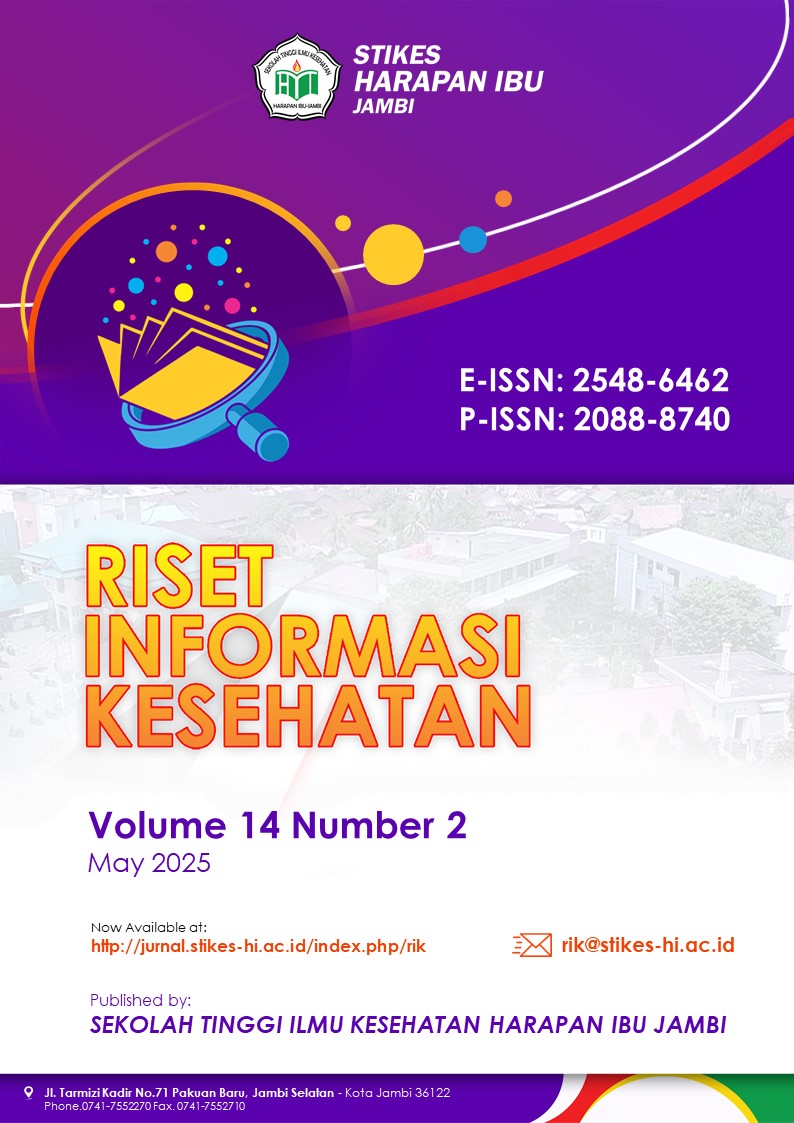Abstract
Background: The prevalence of toddlers with stunting in West Kalimantan province is 31.46% of toddlers who are stunted. One of them is in Pontianak City, 15.8% experienced stunting. Of the 6 sub-districts, East Pontianak District has the highest cases of stunting at 20.8% of toddlers. Objective: To determine the relationship between the use of technology, nutritional knowledge, family support, culture and lifestyle with the incidence of stunting in toddlers aged 24-59 months in the Kapuas River area, Pontianak City. The population in this study was all children aged 24-59 months in the riverside area Kapuas.
Method: The research design used case control with a 1:1 sample (92 samples). The sampling technique for the group of cases (Stunting) in this study was carried out using a probability sample, namely simple random Stunting and non-Stunting toddlers aged 24-59 months in the Kapuas River area, Pontianak City (Case) Retrospective (Control) sampling. In this study, the sample was divided into two, namely case samples and control samples, each of which had inclusion and exclusion criteria, consisting of 46 cases and 46 controls. The statistical test used was chi-square with a confidence level of 95%.
Results: This research shows that there is a relationship between maternal nutritional knowledge (p value = 0.002 OR = 4.330), family support (p value = 0.011 OR = 3.248), lifestyle (p value = 0.001 OR=4.680) and there is no relationship between utilization technology (p value = 1.000 OR = 1.102), culture (p value = 0.210 OR = 1.852).
Conclusion: Increasing mothers' knowledge regarding nutrition is one of the factors that can influence the occurrence of stunting in children under five, both in rural and urban areas. Families also have an important role in shaping culture and health behavior and lifestyle views can influence attitudes, behavior, and the response given by the mother to her child.

This work is licensed under a Creative Commons Attribution 4.0 International License.
Copyright (c) 2025 Riset Informasi Kesehatan

